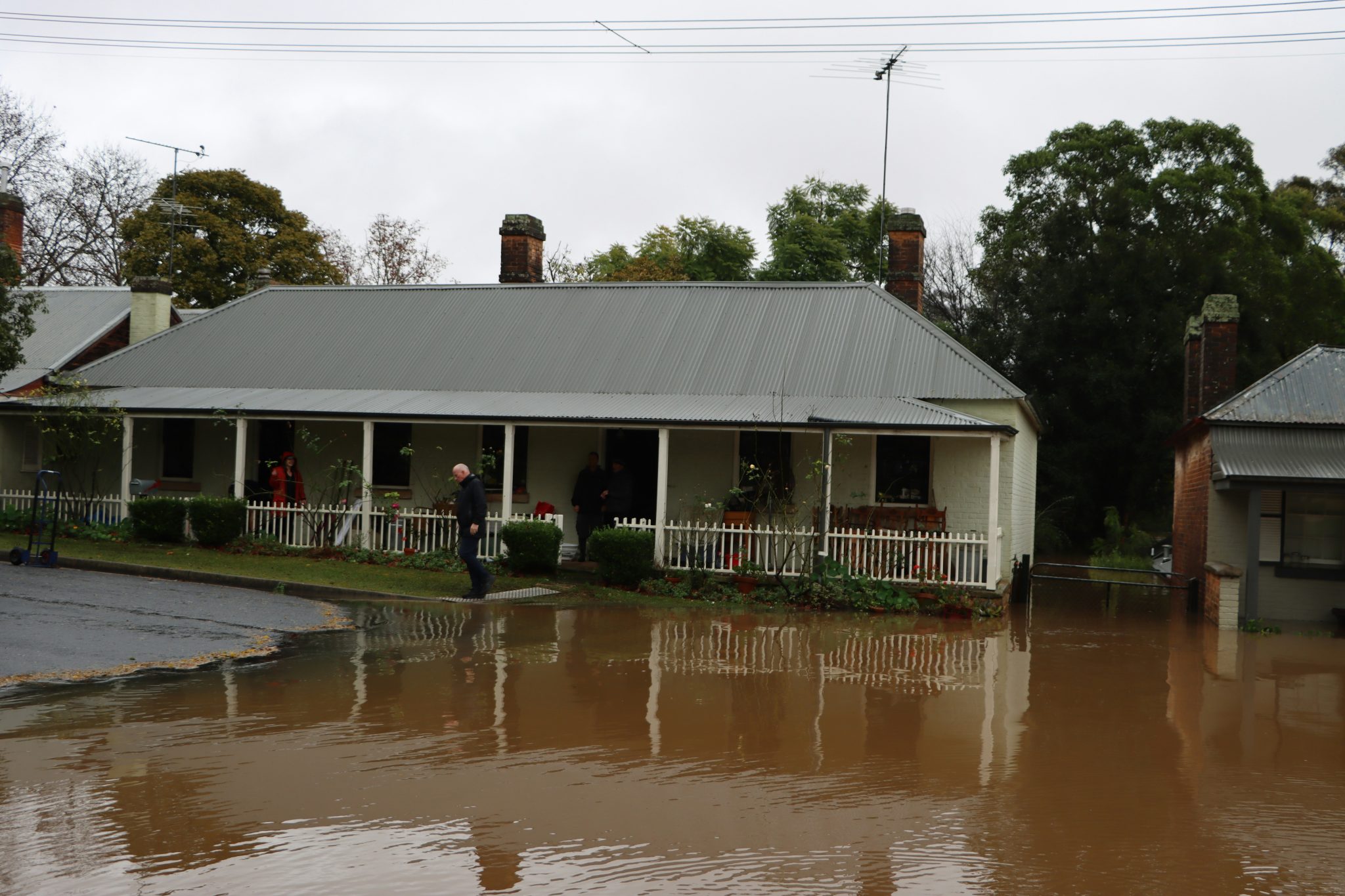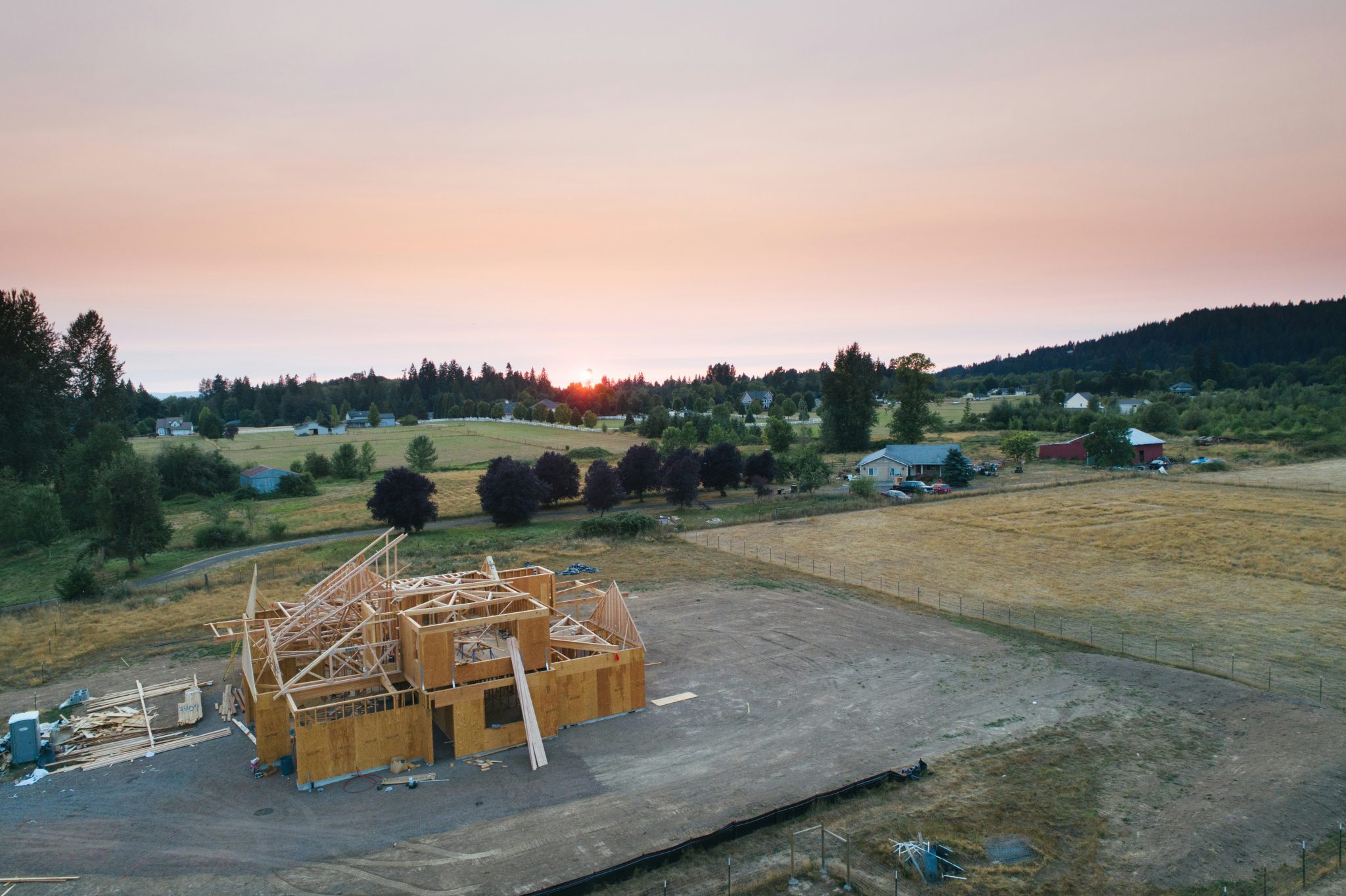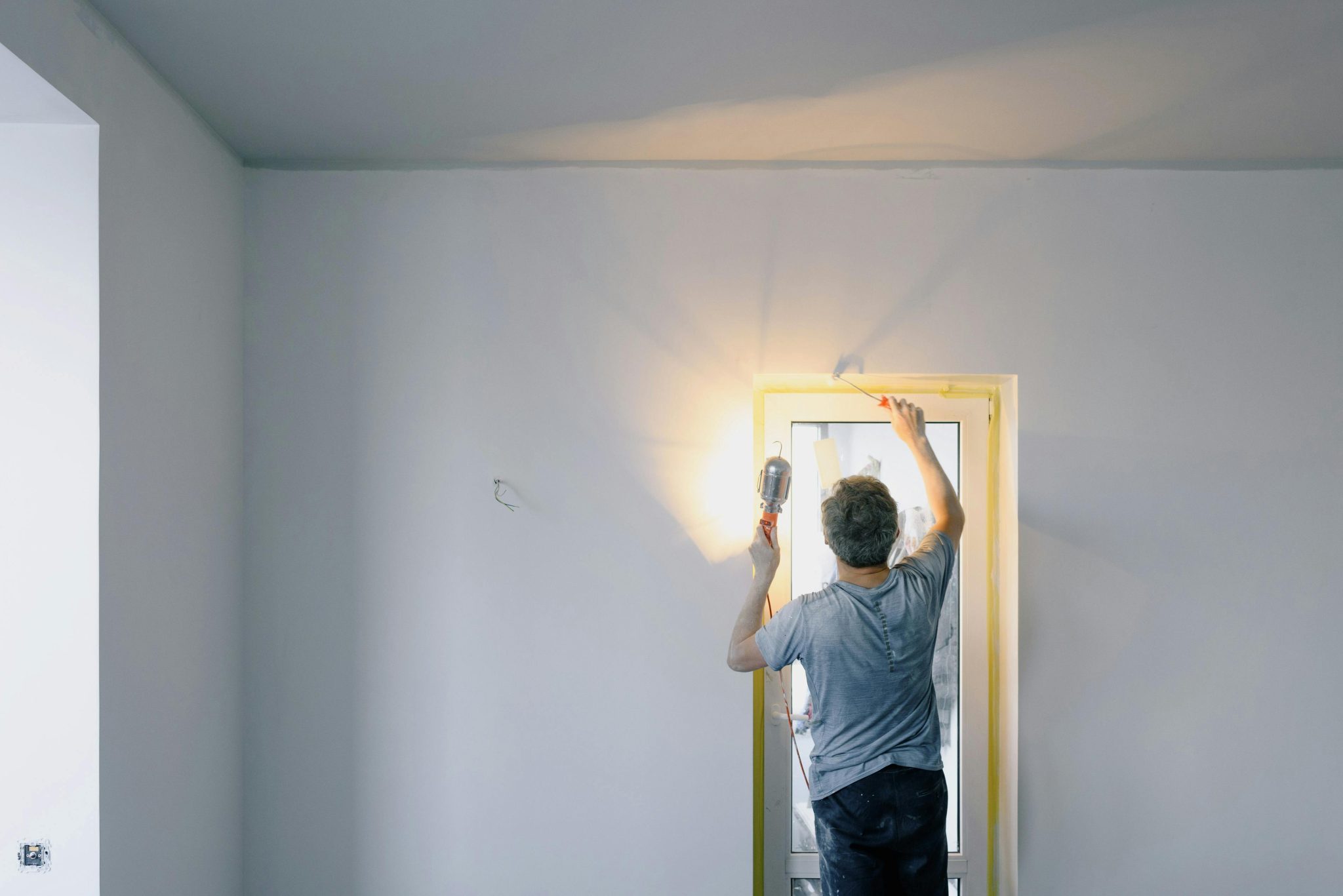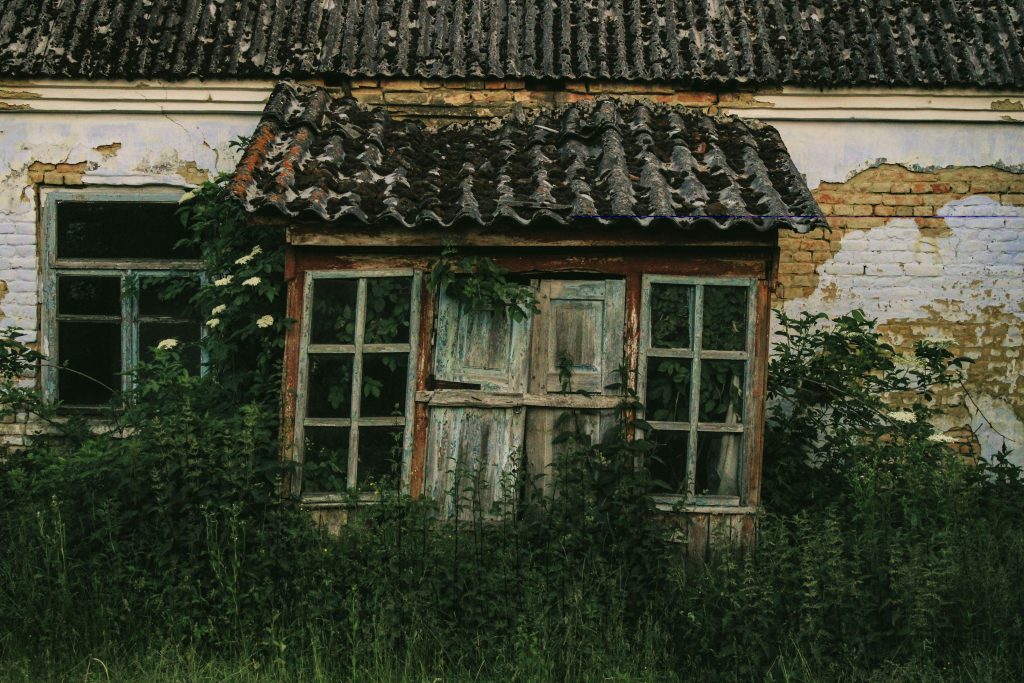Your house turned into a swamp. Or maybe it’s part charcoal, part memories.
Either way — it’s chaos. But you’re here, reading this, which means you’re already doing something right.
This article isn’t just something we assume you should do, but a curated tip list from Ann Arbor property restoration experts, professionals who’ve successfully dealt with damages (and are paid to do it). Let’s walk through how to clean up, dry out, and rebuild without losing your entire life savings, or your nerves.
1. Safety Isn’t Boring. It’s Necessary.
Rule number one: don’t be the hero. Fire-damaged homes can have weak floors, unstable ceilings, and hidden electrical hazards. Flooded ones? They’re like giant bacteria parties. Wait for official clearance before reentering, and suit up — gloves, boots, N95 mask.
If anything looks or smells wrong (gas leak? smoke still lingering? moldy water?), trust your gut. Shut off your power and utilities if it’s safe to do so.
Then, get ready to document the damage like a crime scene investigator — photos, videos, item lists. This is gold for insurance claims. You’ll thank yourself later.
Water damage is no small player: about 1 in 60 homeowners file claims for it every year, often costing thousands to fix.
2. Evict the Water, Fast
Water doesn’t just ruin stuff — it lingers, seeps deep into walls and floorboards, and brings mold as its plus-one.
Your mission: remove standing water ASAP. Wet/dry vacs, pumps, buckets, anything goes. Then crank open windows and blast fans. If you’ve got a dehumidifier, now’s its time to shine.
Be ruthless with soaked materials. Carpets, insulation, even drywall — if they’re soggy, they’re probably done. Mold starts growing in 24–48 hours. That funky smell in your basement? It’s not going anywhere unless you dry things out properly.
According to FEMA, just one inch of floodwater can cause $25,000+ in damage.

3. Soot Happens. Clean It Carefully.
Let’s talk about fire’s ugly aftermath: soot, smoke, and a house that smells like a campfire gone wrong. Don’t smear soot around — vacuum it gently with a HEPA-filtered vac. For surfaces, scrub with a mild soap or trisodium phosphate (TSP) solution. Work top-down and rinse well.
Smoke odor? It’s almost impossible to gt rid of, unfortunately, despite airing out every window. The pro tip is quite simple: use bowls of white, strong vinegar mixed with baking soda (be careful, as it might cause a strong chemical reaction). They will naturally absorb the smell.
Keep in mind that anything visibly charred or heavily smoke-damaged likely needs replacing. No one wants mystery toxins lurking in their drywall, and it’s dangerous, too.
4. Check for Hidden Damage Before Sealing It Up
Before you start rebuilding, there’s one more thing: don’t assume everything looks fine means it is fine. Fire and water damage often hide in walls, ceilings, and subfloors. Trapped moisture can lead to rot, warped beams, and serious mold growth down the line. Same with smoke — it can sneak into air ducts and insulation.
Bring in inspectors or use moisture meters to make sure things are genuinely dry and safe. Electrical systems, in particular, should be tested before being switched back on. Water and wiring are not the dynamic duo you want.
This step might delay your rebuild by a few days, but it could save you from a costly do-over in six months. Think of it as the insurance policy your actual insurance may not cover.

5. Rebuild Smarter (and Maybe a Little Better)
Once everything’s dry and clean, you’ll hit the “what now?” phase. That’s rebuild time. Start with structural repairs — subfloors, wiring, plumbing. Bring in pros where needed, especially for anything electrical or gas-related.
Then ask yourself: can I make this more disaster-proof? Fire-resistant insulation, moisture-proof drywall, sump pumps — these upgrades aren’t just smart. They’re sanity-savers if disaster ever strikes again.
And hey, maybe this is your moment to repaint that living room or ditch the weird tile in the bathroom. You’re not just restoring — you’re rebooting. GigWise readers would call it an accidental glow-up. Just don’t rush it. Covering up damp framing with fresh drywall? That’s how you get mold in 2026.
5. Call In Backup (You’re Not Meant to Do This Alone)
Yes, DIY is noble but also exhausting. Know when to call professionals — especially for mold remediation, structural damage, or anything that makes you think, “Am I really qualified for this?” Insurance might cover more than you expect. Restoration companies can dry, clean, deodorize, and rebuild in ways most of us can’t.
Besides, dealing with paperwork, contractors, and emotional burnout all at once is a lot. You deserve help. Period.

From Disaster to a Fresh Start
Rebuilding your home is a recovery arc. The initial shock fades. You toss what can’t be saved. You clean, dry, scrub, and curse. And slowly, room by room, your home returns. Stronger. Safer. Maybe even a little better-looking.
So, whether it was fire, flood, or both (because it happens, right?), you’ve got this. You’ve already made it past the worst day. The rest is one solid, well-informed step at a time, alongside skilled professionals’ guidance.




















